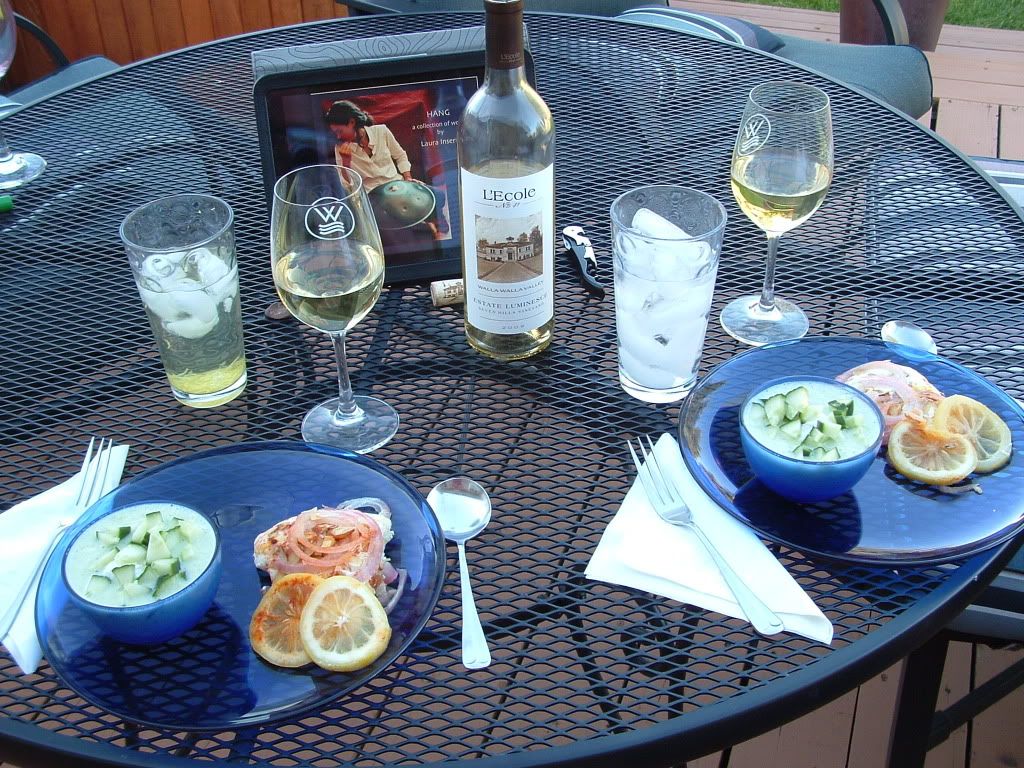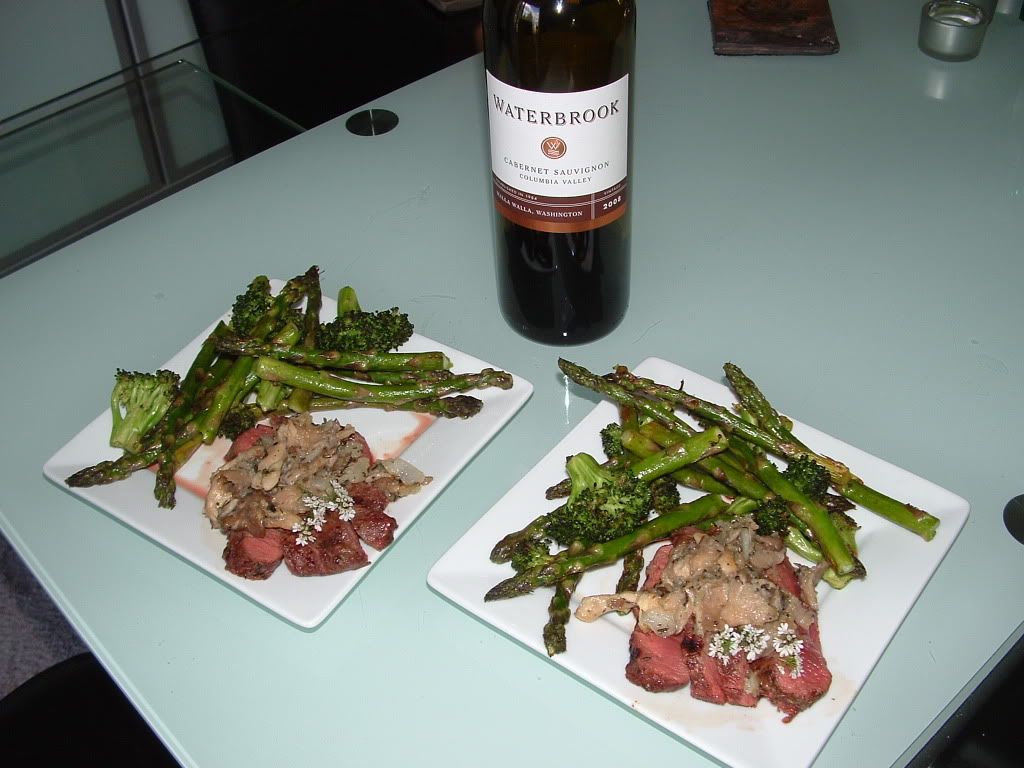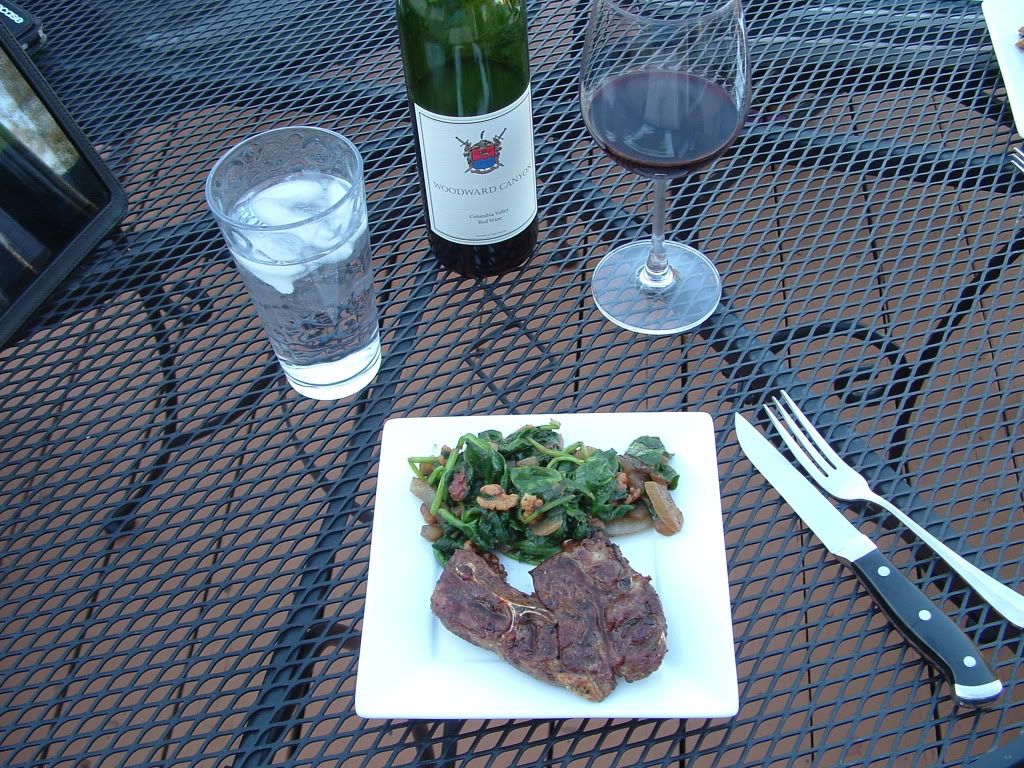After a Catholic childhood, I became a born again Christian in spring 1980. Over the next several years, my testimony--an account of my conversion--was something I was encouraged to develop as a compelling story and often asked to share in groups. The first real test of my new faith after I made a commitment to follow Jesus is easily recalled. It was only a few days or weeks after my conversion that Mount St. Helens erupted. The resulting ash fall led to many days of cancelled classes. I was in college at Washington State University. I had become something of an expert at drinking game of caps--throwing a beer cap into a glass several feet away--and so there was a lot of peer pressure to perform during the massive amount of drinking that took place in the dorm that week. But, I needed to bring my grades up and was spending my time in study. I resisted the temptations (see "May 18, 1980").
This morning I read an article that I tracked down after it was referenced in a few places. Then I walked my dog. As we walked, my reflections on that article provoked a memory of fall 1980. In Political Science 300 (Constitutional Law) one morning, the woman who sat in front of me turned around to look at someone behind me who was asking the professor a question, saw the political button that I was wearing, and looked at my face with an expression of stern disapproval. It would have hurt less had I not already developed a great deal of respect for her. I assumed from her expression that she despised Ronald Reagan.
 |
| I wore this button |
The past few weeks, I have spent a lot of time reflecting on my life in the 1980s. My early support of Reagan before and after my conversion from Catholic to evangelical Protestant led to a great deal of disillusionment by the end of his administration. In fall 1980, I attended meetings, put up campaign posters, wore political buttons (I had one on my backpack in addition to the one on my shirt). I labored to convince friends that Reagan was a godly man, a Christian who would lead this nation in a direction that was good.
I do not recall what I thought about Jerry Falwell and the Moral Majority in 1980, but I'm fairly certain that I did not read the magazine article from 1 February 1981 that I looked at this morning. My home town newspaper carried Parade Magazine and I always read it in high school. But, I did not maintain a subscription in college. Instead, I spent several mornings per week in the periodicals room of Holland Library getting my news by reading Time, Newsweek, and other magazines and newspapers. During this time I started seeking a contrasting balance by reading the National Review on the right and the Nation on the left. Sometimes I tried to read Der Spiegel to get an international perspective and to practice my German.
This morning, I was attempting to check the accuracy of a quote that has appeared several times in my reading the past few days. The source is Marguerite Michaels, "Billy Graham: America Is Not God's Only Kingdom," Parade Magazine (1 February 1981), 6. Only the first page of the article is accessible without getting behind a paywall, but that is enough not only to verify the quote, but also to reveal a tension that caused me considerable cognitive dissonance several years later.Michaels describes the political priorities of Falwell's Moral Majority as, "pro-family, pro-life, and against the ERA [Equal Rights Amendment], gay rights, pornography, SALT II [Strategic Arms Limitation Talks] and defense cuts." She then quotes Graham, "It would be unfortunate if people got the impression all evangelists belong to that group. The majority do not. I don't wish to be identified with them."
The next paragraph struck a cord with me, quoting Graham, Michaels offers:
I'm for morality. But morality goes beyond sex to human freedom and social justice. We as clergy know so very little to speak out with such authority on the Panama Canal or superiority of armaments. Evangelists can't be closely identified with any particular party of person. We have to stand in the middle in order to preach to all people, right and left. I haven't been faithful to my own advice in the past. I will be in the future.In the 1960s and 1970s, social justice was central to Catholic teaching. One consistency for me between my Catholic upbringing and my life as an evangelical was a commitment to social justice. In the summer of 1981, I took a bus trip with a group of fellow college evangelicals from San Diego, California to Ensenada, Mexico. Seeing the poverty in Tijuana as we passed through that city provoked tears. Others, seeing the tears, consoled me, empathized with my pain, and engaged me in conversation about causes and consequences of inequality.
Nothing in that trip in 1981 dampened my enthusiasm for President Reagan. But, as the 1980s wore on, I finished college with a degree in history, got married, worked a variety of jobs as I sought full-time teaching work, and eventually returned to school for an MA to make myself more competitive in a difficult job market that favored football coaches as history teachers (I had run cross country in high school).
The more I learned of history and the more I listened to President Reagan and watched the policies he promoted, the less I believed that he and I shared the same Christian conviction that social justice was something one should work towards. In 1984, I voted for Reagan again, but with less enthusiasm than I had in 1980. It was the last time that I voted for a Republican candidate for President. In 1988, I favored Jesse Jackson.
The quote I sought to source: "The hard right has no interest in religion except to manipulate it" (credited to Billy Graham). It appears in the first paragraph of the second column of the article. Here's the whole paragraph:
Billy Graham has talked with Jerry Falwell. "I told him to preach the Gospel. That's our calling. I want to preserve the purity of the Gospel and the freedom of religion in America. I don't want to see religious bigotry in any form. Liberals organized in the '60s, and conservatives certainly have a right to organize in the '80s, but it would disturb me if there was a wedding between the religious fundamentalists and the political right. The hard right has no interest in religion except to manipulate it."Reading Graham's words today, my curiosity is aroused. Surely he understood in 1981 how folks associated with the Moral Majority were using the phrase "religious freedom" to advocate for tax-exempt status for racially segregated Christian schools and colleges. But, the context suggests that Graham had a different notion of religious freedom.
Michaels, "Billy Graham: America Is Not God's Only Kingdom"
In my view, the 1980s turned the Republican party sharply against policies that favored social justice. That Christians facilitated that shift, or tolerated it, became a growing problem for me. Billy Graham's words strike me today as prophetic.























